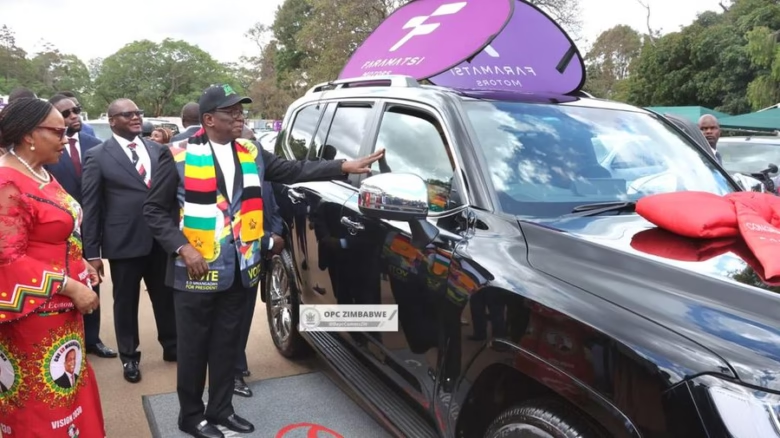
By Aldridge Dzvene
The Government of Zimbabwe has taken a decisive and transformative stride in reaffirming its commitment to gender equality with the launch of the 2025 National Gender Policy (NGP). Far beyond a symbolic gesture, this comprehensive framework repositions gender mainstreaming as a central pillar of national development, aligning closely with Vision 2030 and the global Sustainable Development Goals (SDGs). The policy boldly declares: “Leave No One and No Place Behind”, a strategic departure from rhetoric to actionable inclusivity.
Critically, this policy comes at a time when Zimbabwe, despite commendable legislative and institutional reforms over the past two decades, still grapples with entrenched gender inequalities. These range from disparities in leadership and economic access to the burden of unpaid care work, digital exclusion, and the ravaging impacts of climate change and health pandemics, challenges that disproportionately affect women, girls, persons with disabilities, and rural communities.
At the heart of the NGP are ten carefully articulated policy pillars that serve both as diagnostic tools and intervention roadmaps. These pillars, spanning legal justice, leadership, economic empowerment, health, education, GBV prevention, energy, climate resilience, disability inclusion, and digital equity, reflect a policy matured by evidence, stakeholder consultations, and a deep contextual understanding of Zimbabwe’s gender dynamics. Importantly, the policy is grounded in human rights and intersectionality, affirming that the future of Zimbabwe cannot be imagined without the full participation and protection of all its citizens.
One of the most promising aspects of the new policy is its demand for institutional accountability. The Ministry of Women Affairs, Community, Small and Medium Enterprise Development is no longer merely a coordinating agent, but now assumes an authoritative role in mainstreaming gender across all government departments and agencies. The establishment of Directorates of Gender Mainstreaming, Inclusivity, and Wellness in 2022 is evidence of this newfound traction. Furthermore, the policy acknowledges the need for measurable impact, advocating gender-responsive budgeting and mandating data-driven evaluations to guide implementation.
A notable strength of the NGP is its embrace of systemic reform. In the justice sector, for instance, it calls for survivor-centred criminal justice mechanisms, simplified access to legal services, and decentralization of courts. These moves attempt to close the gap between the promise of justice and the lived realities of many citizens, especially women and girls, who often face multiple barriers to legal redress.
Equally compelling is the policy’s approach to leadership and decision-making. Although Zimbabwe has seen improvements in gender representation, such as the introduction of the 30% women’s quota in local government and the 50% gender balance in the judiciary, the policy does not gloss over structural challenges. It confronts head-on the deep-rooted patriarchy, political gatekeeping, and lack of legal enforceability that still hinder women’s access to power, calling for incentives, regular audits, and institutional reforms to foster genuine parity.
On economic empowerment, the NGP does not merely advocate for women’s inclusion, it demands structural transformation. It seeks to scale women-led SMEs into domestic and international markets, promote gender-responsive procurement, and ensure women’s presence in emerging sectors such as technology, green energy, and innovation. This is critical in a context where most women remain confined to informal or under-resourced sectors.
The policy also breaks new ground in recognizing digital and environmental inequalities. It emphasizes not only women’s access to ICTs and digital tools but also their inclusion in media ownership, content creation, and tech leadership. Simultaneously, it addresses the gendered impact of climate disasters—an often overlooked dimension in policy planning, by advocating for gender-responsive climate financing, the integration of indigenous knowledge systems, and community-based adaptation models.
Significantly, the NGP does not shy away from confronting the country’s most pervasive silent epidemic, Gender-Based Violence (GBV). It calls for an integrated response rooted in law reform, institutional training, public awareness, and progressive cultural and religious engagement. Rather than viewing GBV as a standalone issue, it is embedded across




